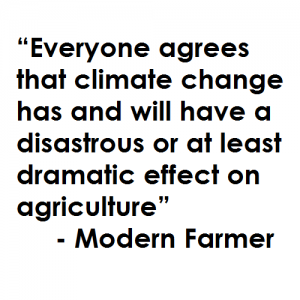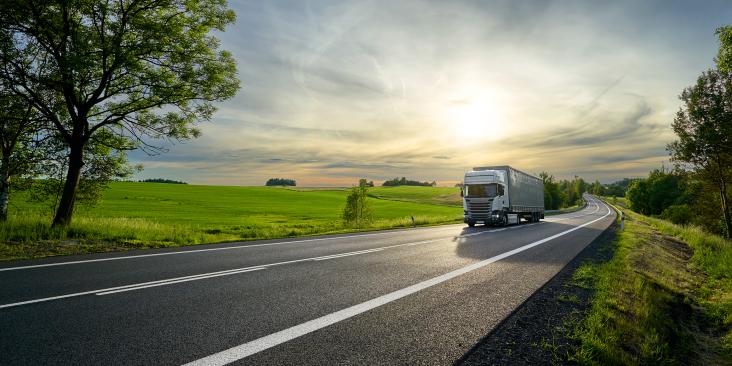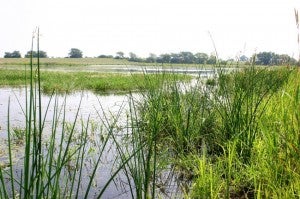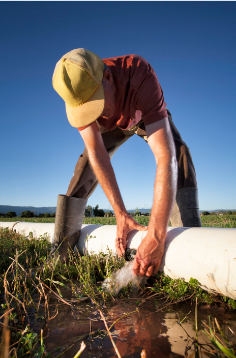 You may have heard by now about “climate-smart agriculture.” It’s the catchphrase that came out of the United Nations Climate Summit this week and the reason I was in New York to participate in a panel discussion on how to achieve food security for a growing population in a climate-changing world.
You may have heard by now about “climate-smart agriculture.” It’s the catchphrase that came out of the United Nations Climate Summit this week and the reason I was in New York to participate in a panel discussion on how to achieve food security for a growing population in a climate-changing world.
More than 20 governments and 30 organizations announced they would join the newly launched Global Alliance for Climate-Smart Agriculture, which aims to enable 500 million farmers worldwide to practice climate-smart agriculture. This is wonderful. But what does it mean in practice?
My colleagues and I have been asking ourselves this question since the concept was originally introduced by the UN’s Food and Agriculture Organization in 2010. Over the past four years, we’ve done some hard thinking on which practices, precisely, will get us to a point where we can keep pace with the food demands of a growing global population and increase the resiliency of our food systems to the harsh impacts of climate change.


















